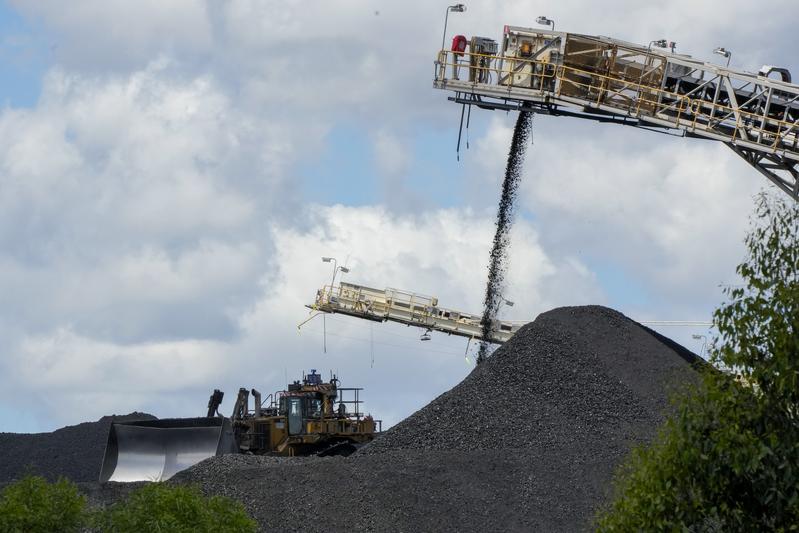The Australian government has launched a proposal that is intended to make the country’s biggest polluters slash emissions by 30% over the next seven years, albeit with some leeway for trade-exposed industries such as aluminium and liquefied natural gas (LNG) while the government also announced it would release A$600 million ($414 million) to trade-exposed facilities to help them cut emissions.
Expected to be finalised in April and take effect on July 1, the “safeguard mechanism” reform plan is key to achieving its target to cut carbon emissions by 43% from 2005 levels by 2030 and achieve net zero emissions by 2050.
Climate Change and Energy Minister Chris Bowen said Reforms to the Safeguard would help create an effective, equitable and efficient trajectory to net zero.
Read also: Group says U.S. greenhouse gas emissions rose 1.3% in 2022
The safeguard mechanism that has been in place since 2016 seeks to limit emissions from Australia’s biggest polluters – 215 oil, gas, mining and manufacturing facilities that annually emit more than 100,000 tonnes of carbon dioxide-equivalent (CO2-e).
These facilities account for 28% of Australia’s carbon emissions and have been forecasted to emit 143 million tonnes of CO2-e in the year to June 2023, while the government wants them to cut that to no more than 100 million tonnes of CO2-e by 2030.
Based on six months of consultation, the government proposed to stick with the principle of setting baselines for each covered facility based on emissions intensity, rather than absolute emissions. That means the allowed baseline for a plant’s emissions would rise or fall in line with increases or declines in a facility’s production.
In response to industry requests, the government said it would consider a carbon border tariff to support companies competing against products from countries with weaker pollution curbs.
Story was adapted from Reuters.
